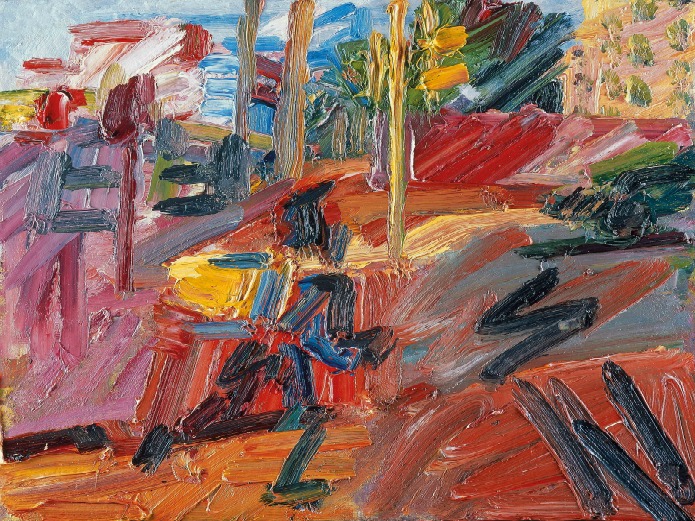Tate Britain has launched an exhibition featuring Frank Auerbach (b 1931, Berlin), a British artist who has made some of the most vibrant, alive and inventive paintings of recent times. Often compared to Francis Bacon and Lucian Freud in terms of the revolutionary and powerful nature of his work, his depictions of people and the urban landscapes near his London studio show him to be one of the greatest painters alive today.
This Frank Auerbach exhibition, featuring paintings and drawings from the 1950s to the present day, offers fascinating new insights into his work. For half a century he has lived and worked in Camden Town, one of the major subjects of his work. Painting 365 days a year, he has continued discarding what he does, scraping back the surface of the canvas to start and re-start the painting process daily, continuing afresh for months or years until the single painting is realised in a matter of hours, having finally surprised him, seeming true and robust. The Frank Auerbach exhibition is on at Tate Britain from 9 October 2015 to 13 March 2016.








Leave a Reply